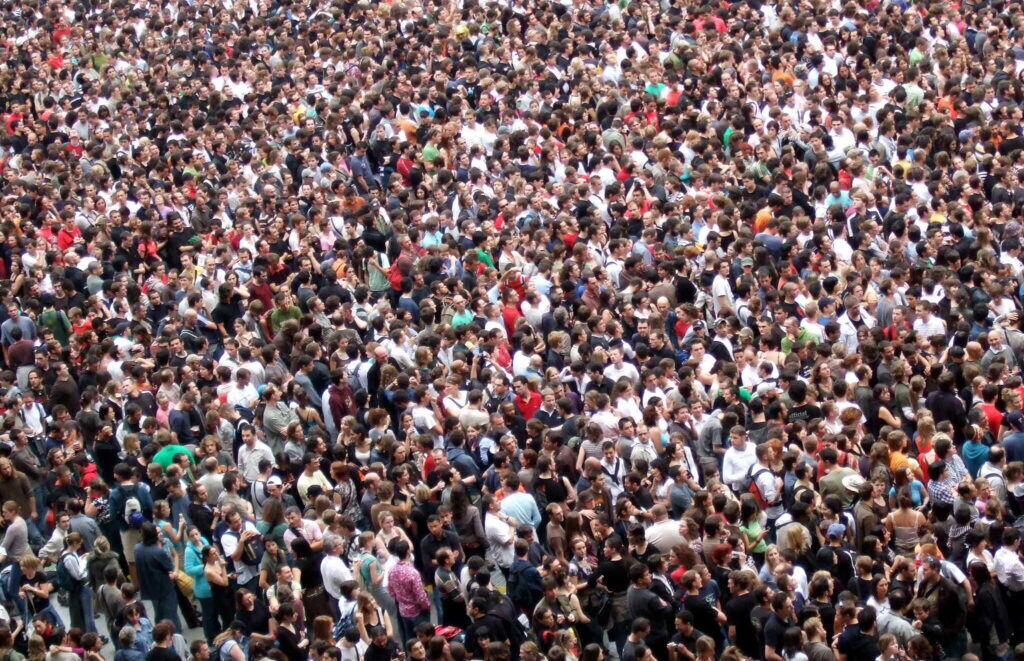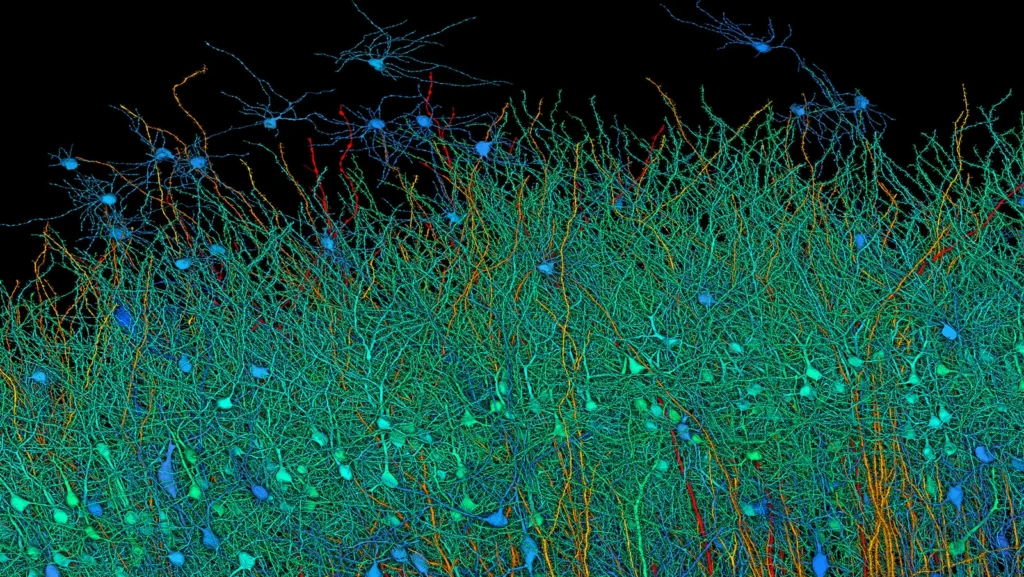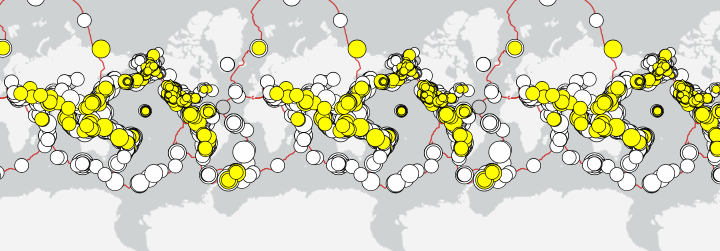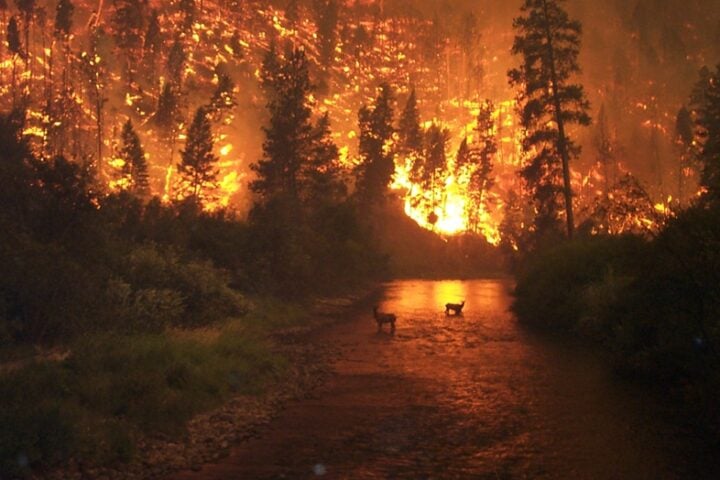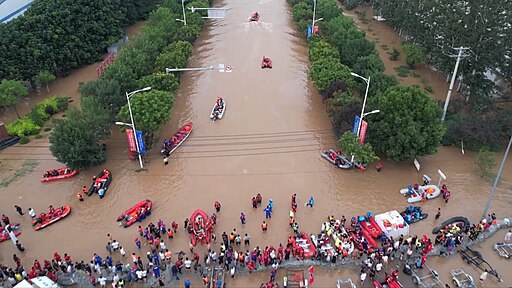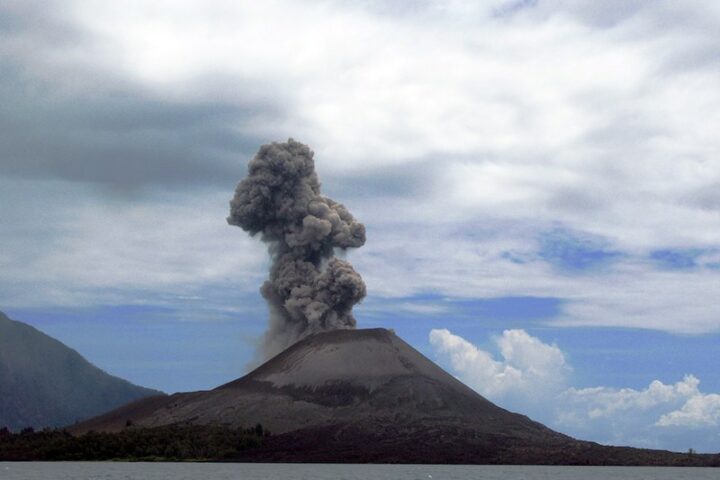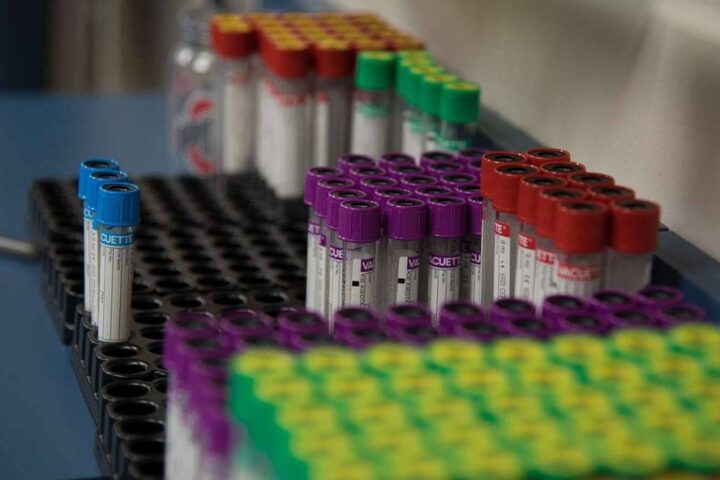Today, the world population is almost 8 billion. It took hundreds of thousands of years for the world population to grow to 1 billion—then in just another 200 years or so, it grew sevenfold. In 2011, the global population reached the 7 billion mark. It reached 7.9 billion by 2021. It is expected to grow to around 8.5 billion in 2030, 9.7 billion in 2050, and 10.9 billion in 2100.
Over the past three decades, societies around the world have made remarkable progress in population data gathering, analysis, and usage. New population figures, disaggregated by age, ethnicity, gender, and other factors, now reflect the diversity of our societies more accurately. According to the UN Secretary General, Antonio Guterres, as the theme of this year’s Orleans Population Day reminds us, investing in data collection is important to understanding problems, tailoring solutions, and driving progress. Finance is also crucial. He says, “I urge countries to make the most of the Summit of the Future this year to unleash affordable capital for sustainable development.”
Similar Posts
Here are the facts to remember on this important day: More than 40% of women around the world cannot make decisions on sexual and reproductive health and reproductive rights. As few as one in four women across low- and middle-income countries are realizing their desired fertility. A woman dies every two minutes due to pregnancy or childbirth (and in conflict settings, the number of deaths is twice as high). Nearly one-third of women have experienced intimate partner violence, non-partner sexual violence, or both. Just 6 countries have 50% or more women in parliament. More than two-thirds of the 800 million people globally who cannot read are women. The UN Secretary General has urged the leaders of the world to make all-out efforts to remove this gender inequality as soon as possible.
India is the most populous country in the world today, with an almost 1.5 billion population. But no census has been undertaken so far. In short, on this World Population Day, it is worth remembering to note that the “State of World Population” report by UNFPA, 2024, calls for global action to dismantle unjust and discriminatory structures that prevent millions from realizing their full rights and potential.
